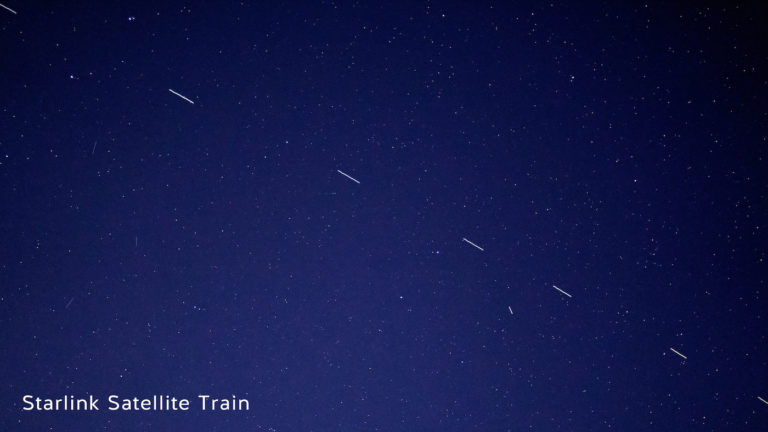2025 is an auspicious year for space missions.
This year, we mark 65 years since Sputnik 5 became the first spaceflight to send animals into orbit and return them safely back to Earth. It’s also 60 years since the Mariner 4 spacecraft sent us the first photographs of another planet (Mars) taken from deep space.
Various countries and space agencies are busy preparing their missions for 2025. From a lunar land rush, to brave expeditions across the solar system, this year could be another for the record books. Join us for a look at just a few of the most significant missions this year.

Intuitive Machines IM-2 PRIME-1 Mission. Planned launch date: 26 February
Following hot on the tail of IM-1 in 2024, Intuitive Machines is sending the IM-2 mission to drill near the lunar south pole.
PRIME-1 stands for Polar Resources Ice Mining Experiment-1, and its plan is to demonstrate that they can collect, process, and use materials in-situ on the Moon, rather than bringing them back to Earth.
This is exciting for many reasons, not least that there’s a chance of finding water ice, as well as promising to make space exploration more sustainable by reducing our reliance on Earth’s resources.
Two other missions, Blue Ghost M1 and Hakuto-R Mission 2, launched for the Moon on 15 January 2025, and are expected to land in March and April this year respectively.

Tianwen-2: Planned launch date: May 2025
The China Aerospace Science and Technology Corporation (CASC)’s Tianwen-2 mission is ambitious, to say the least.
In a world-first, CASC plans to land Tianwen-2 on the near-Earth comet 469219 Kamoʻoalewa. This is no easy task: the asteroid is only about 40-100 metres long with barely any gravity. While there, the spacecraft will blast and drill for samples from the surface, before returning the canister with the collected material back to Earth.
Tianwen-2 will then use Earth’s gravity to slingshot itself away into deep space, where after several years, it will enter the orbit of asteroid 311P/PANSTARRS and study it remotely.
Tianwen-2’s experiments will hopefully provide valuable insights into the early solar system, the ingredients that make up planets, and possibly even about how the Moon was formed.

Space Rider: Planned launch date Q3 2025
The European Space Agency’s Space Rider is Europe’s first reusable space transportation system. It’s providing a more affordable and independent way to access low Earth orbit.
Space Rider’s main part is a laboratory for conducting experiments in space’s unique conditions. Because Space Rider is uncrewed, its experiments will either be automated or performed using remotely controlled robotic arms, as with the International Space Station.
The ‘space transportation system’ should stay in orbit for about two months. Then, the part of the spacecraft carrying the experiments (the re-entry module) returns to Earth with its precious cargo. The orbital module will burn up in the atmosphere, and the re-entry module will get fixed up for another trip.

Juno: mission end date September 2025
Juno blasted off on its Jupiter mission way back in August 2011, arriving a mere five years later.
The spacecraft is named after Jupiter’s wife in Roman mythology. Jupiter was the king of the gods, and drew a veil of clouds around himself to hide his mischief. The goddess Juno peered through the clouds to reveal Jupiter’s true nature.
Similarly, the Juno spacecraft has spent nearly a decade seeing through Jupiter’s cloud belts. The craft has given us the first clear, close-up pictures of Jupiter’s north pole, witnessing giant cyclones, and revealed that the planet’s core is much larger than expected.
This September, Juno’s mission finally ends. The spacecraft will continue studying Jupiter with its orbit degrading naturally, until the king of the planets pulls the spacecraft into its atmosphere.

IGNIS: airborne flight campaigns in 2025
The IGNIS project technically isn’t a space mission yet. However, it’s led by WA’s Edith Cowan University (ECU), in collaboration with NASA and five other Australian universities. And we’re all about supporting WA!
IGNIS aims to better understand how lightning strikes relate to bushfires. This, in turn, improves our ability to predict where and when fires are likely to start. The hope is that this research will improve fire management strategies, saving lives, property, and the environment.
IGNIS’ first stage launched late last year. This stage collected 50,000 images of WA’s south-east using aircraft-mounted infrared cameras, supported by NASA’s Goddard Space Flight Center.
Next year, the mission team plans on launching its next stage. A 12U satellite equipped with sensors will map and track thermal and lightning patterns from low-Earth orbit.
It doesn’t end there, either. IGNIS stage 3 involves a deep space mission to Jupiter to better understand its atmosphere and lightning events.
Of course, there are heaps more missions to learn more and get excited about. From NASA’s Spectro-Photometer for the History of the Universe, Epoch of Reionization and Ices Explorer (better known as SPHEREx), to India’s Gaganyaan project, or the ESA’s Biomass mission, we’re living in a golden age of space exploration. Keep looking to the stars, and maybe if you’re very lucky, you might spot a mission launch.
Jay Chesters
SEE the stars WITH US
An annual Stargazers Club WA Gold Galaxy Membership is a year of discovery and stargazing for anyone eager to go an astronomical journey.








